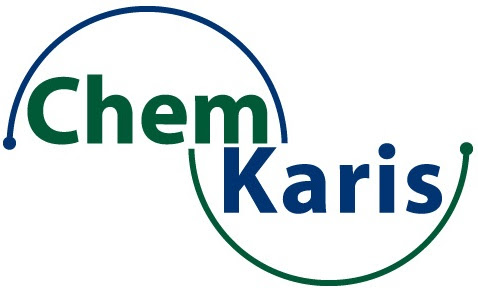Essential Textile Chemicals: Pretreatment, Dyeing, and Finishing Agents for High-Performance and Sustainable Fabrics
Textile chemicals are fundamental to achieving superior quality, durability, and advanced functionality in modern fabrics. From pretreatment to dyeing and finishing, the right auxiliaries ensure optimal results and help manufacturers meet the latest environmental standards. Below is an optimized overview of the essential textile chemical categories and their key roles in high-performance textile processing.
Pretreatment Auxiliaries
Wetting and Penetrating Agents:
Improve fabric wettability and penetration, ensuring efficient removal of impurities and preventing re-deposition during scouring and bleaching. Suitable for both continuous and batch processes.
Bleaching Stabilizers:
Enhance the stability of hydrogen peroxide during bleaching, resulting in higher whiteness and better rewetting properties. Provide excellent performance under strong alkaline conditions.
Chelating Agents:
Effectively sequester metal ions to prevent the decomposition of hydrogen peroxide, improving process safety and consistency.
Scouring Agents:
Remove natural and synthetic impurities from fibers, suitable for both batch and continuous scouring processes.
Degreasing Agents:
Deliver outstanding emulsifying, dispersing, and penetrating power to completely remove spinning and knitting oils.
Dyeing Auxiliaries
Dispersing and Leveling Agents:
Offer low-foaming, high adsorption, and excellent leveling effects, ensuring uniform and vivid dyeing results.
Fixing Agents:
Enhance wet and light fastness, minimize color change, and prevent staining of adjacent fibers. Compatible with a wide range of dyes and fabrics.
Soaping Agents:
Effectively remove unfixed dyes and impurities, improving color brightness and fastness while preventing back-staining.
Anti-Settling Agents:
Maintain the stability of dye dispersions, ensuring consistent dyeing quality.
Finishing Agents
Wax-Based Water Repellents:
Provide excellent water repellency, antistatic, and gloss effects at low curing temperatures (100–120°C), while maintaining fabric breathability.
Silicone-Based Water Repellents:
Deliver a soft touch, high dispersibility, and outstanding durability without yellowing, for long-lasting water repellency.
Wax & Silicone Softeners:
Offer superior softness, durability, and improved drape and hand feel for various textiles.
Anti-Slip Agents:
Increase surface friction, making them ideal for workwear and technical textiles.
Antistatic Agents:
Reduce static electricity in both dry and humid conditions, improving comfort and usability.
Resin Removers & Amino Silicone Oils:
Remove residual finishing agents and provide exceptional softness and resilience to fabrics.
Why Are Textile Chemicals Essential?
Selecting the right textile chemicals—pretreatment auxiliaries, dyeing auxiliaries, and finishing agents—is crucial for producing high-quality, high-performance, and sustainable textile products. These chemicals help manufacturers achieve superior results at every stage while complying with global environmental regulations.Frequently Asked Questions (FAQ)
Q: Are Chem Karis textile chemicals suitable for all fabric types?A: Yes, our solutions are designed for cotton, synthetics, blends, and specialty textiles.
Q: Are your products eco-friendly and compliant with global standards?
A: Absolutely. Chem Karis chemicals meet international safety and environmental regulations and support sustainable manufacturing.
Q: Can I request samples or technical support?
A: Yes, please contact us via our website or phone for free samples and expert support. Shipping fees may apply.
Q: How quickly can I get a quote?
A: Our team responds within 24 hours with tailored recommendations and pricing.
Related Posts
Textile Pretreatment Auxiliaries: Elevate Fabric Quality and SustainabilityDyeing Auxiliaries: Functions, Benefits, and How to Choose
C0 Non-Fluorinated Water Repellent: Sustainable & High-Performance Textile Solution










